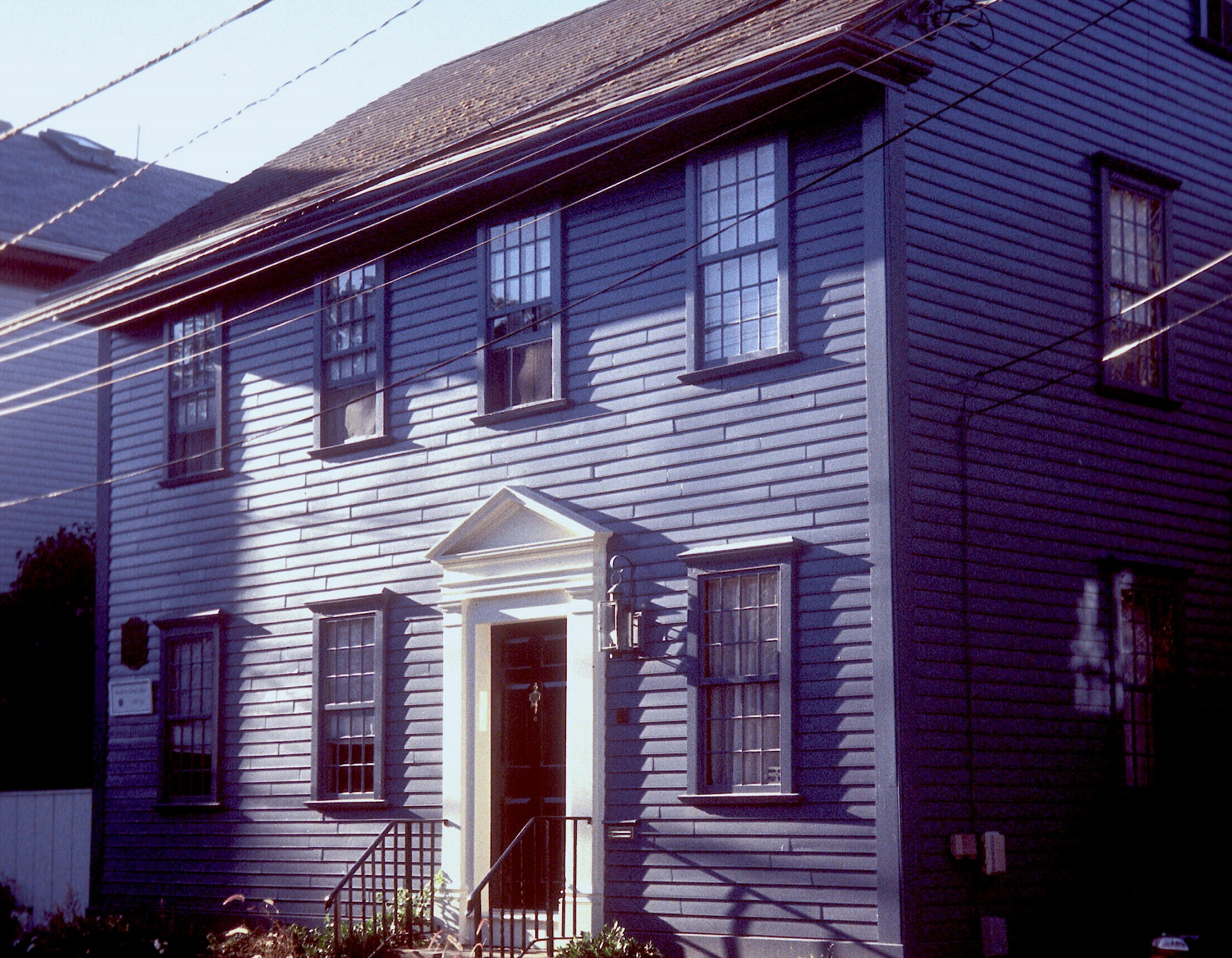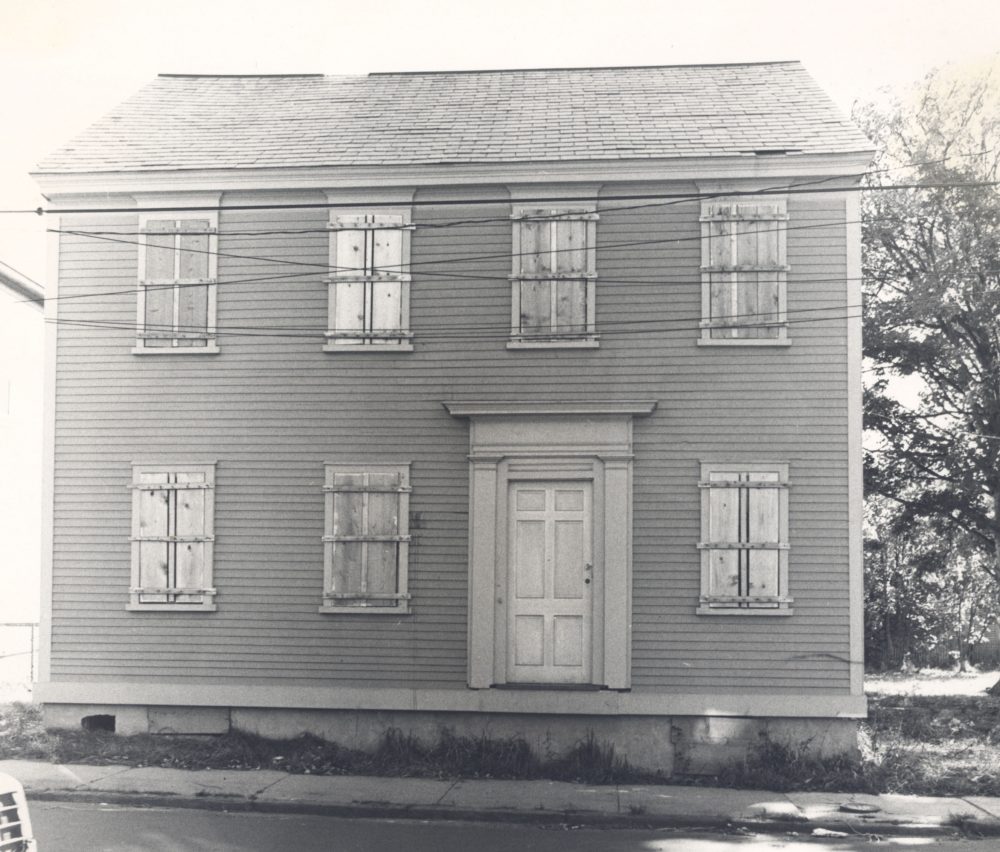Architectural story:
The exterior of 4 Elm Street fits the four-bay house plan typical in Newport from 1740 to 1815. The house was likely built between the years 1758 and 1774 and was originally located at 14 Coddington Street. The Foundation for the Preservation of America’s Architectural Heritage (FPAAH) moved the house to its current location on Elm Street in 1968. NRF purchased the building in 1969 and restored it in 1970.
Restoration story:
This is one of several properties NRF bought from the Foundation for the Preservation of America’s Architectural Heritage (FPAAH). The FPAAH’s mission was to save houses in Newport that were slated for demolition, in order to make way for a housing development for the elderly in the area of Farewell, Coddington, Charles, and North Baptist Streets. The organization purchased various plots of land in the Point section of Newport, constructed cellar foundations, and then moved the houses (mostly stripped of their interiors), to new locations. When momentum stalled within the organization, the buildings were offered to NRF.
By the time NRF purchased the structure, very little early material existed in the building. The process included restoring early architectural features and also using materials from NRF inventory of period appropriate millwork. Details were also reproduced from profiles and designs existing on other similar Newport houses.
People story:
The house is believed to have been built by Benjamin Sherborne on land purchased from Captain John Draper. The exact date is unknown because the Stiles Map of 1778 appears to code the building as a shop. Coddington Street, the building’s original location, is in the heart of Newport and was an area with a high density of shops and stables at the time Stiles made his map.
Captain John Draper bought the property in 1721. In 1750, Draper heirs sold the property to Sherborne without a building listed on the deed. During the mid-eighteenth century, Sherborne owned a mansion house on the northeast corner of Farewell and Marlborough Streets, near Coddington Street, and it is possible that he built a shop, stable, or accessory building close to his main dwelling. Later, the building may have been converted to a house, perhaps when Sherborne sold the property to Samuel Nichols in 1774, as the term “house” was listed on Nichols’s deed to the property.



